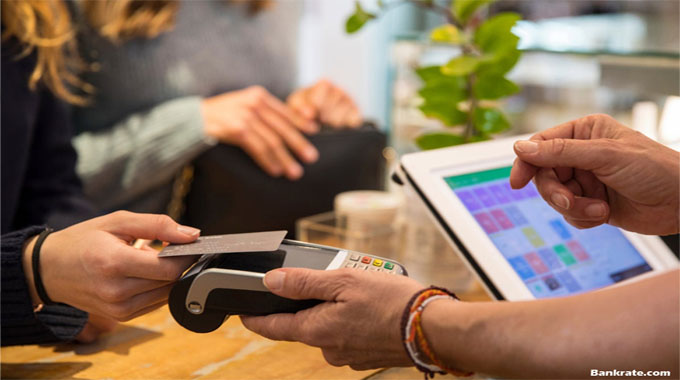Bring on the flying cars and space food, the longer term is here now… Contactless payment together with your debit card will probably affect the way we pay, in very technological advancement to succeed in an element with (or exceed) the convenience of online retail.
Debit cards are becoming four times as popular as charge cards since 1999, and secure electronic payment such as PayPal, Verified by Visa as well as the other array of channels online are getting to be second nature to us. E-commerce (and very soon, m-commerce) is overtaking traditional retail as the way of choice for researching and getting goods, because of its ease and convenience. Regular, real-life stores, therefore, are reassessing their CRM (Customer Relationship Management) ways to compete. Multi-channel integration is now essential in retail, and stores can also be trying to technology to improve the usability with their interactions waiting for you, by way of example:
Loyalty schemes Touch screens for stock checking, product information or reserving items Self-service tills
Perhaps it is a sad sign that people are leaving nearly every human exchange whilst shopping, but entirely electronic payment is starting to become popular – self-service tills can be bought in most supermarkets, meaning you don’t theoretically require services of the staff member at any point with your transaction.
As well as making our shopping experience smoother, technology is speeding up the best way we pay. Cash is, apparently, a bit pass. Small change is annoying for customers to hold around, and equally irritating for the people inside the queue behind anyone counting out their pennies at the till. Cash ironically costs retailers money and time to process too, and paying by card is massively for the increase. The only problem area is investing in a small amount along with your debit card – often risking a charging for just the minimum payment. So, in steps Contactless Cards – omitting the requirement of entering a green for amounts up to 15; instead, you just hold your card over the wireless reader, cutting the time it will require to cover by nearly half and removing the need to carry around a great deal of small change.
It’s been around for a while – since the mid-90s actually, and banks have owned them in the UK since 2007. 9-12 million cards have been issued thus far, meaning one out of 6 people in the UK currently have one (including me, though I didn’t realize it until I wrote this information) reality use within the majority of stores continues to be fairly tied to only 50,000 tills currently processing them within the UK, this figure may well double by 2011.
So far we’ve got your options of PayWave by Visa, and MasterCard’s PayPass, as both versions give itemized information on what customers and spending and where. The technology is proven and stable, and will soon be integrated into cell phones, enabling the same ‘hands-free’ Near Field Technology (NFT) for small payments, making a ‘Virtual Wallet’ out of your phone. Beyond that lies Visa Codesure, a payment card that has a unique integrated keypad and digital display.
Contactless payment hopes to raise the speed of transaction and offer better customer satisfaction – it seems like ideal for retail in a very hurry to minimize queuing such as trains and buses (London tubes and buses are hoping to utilize the technology soon); cafes; fast-food restaurants; newsagents and supermarkets; pharmacies and supermarkets.
Whether this can perhaps the scores between traditional retail as well as main competitor, e-commerce, remains to wear, climax sure to close the divide somewhat. Will it mean that e-commerce can become even faster and much easier in response, perhaps following in Amazon’s ‘one-click-payment’ footsteps? For any e-commerce retailer, there are ways to raise the usability and ease of your checkout stage(s), and optimize the risk of conversions, as an example:
Getting eliminate required registration – just get them to the checkout! Encourage trust through providing no quibble, free returns and funds back guarantees Keep shipping low-cost and as fast that you can help it become Provide accurate representations and clear images of the products/services Enable customers to go into contact easily and promise a simple response Keep your checkout screens in a familiar format – we naturally distrust pages which look different to what we should are used to seeing in internet retail Use SEO to optimize your internet site to boost ranking on SERPs and strengthen your brand authority Integrate Social Media into the marketing strategy to connect with and engage customers over a personal level
And finally, a little invention of my personal: barcode scanning lasers implanted inside our brains which shoot away from our eyeballs for psychic payment whenever we see something we like. Too soon? Ah, I’m way ahead of my time…


















